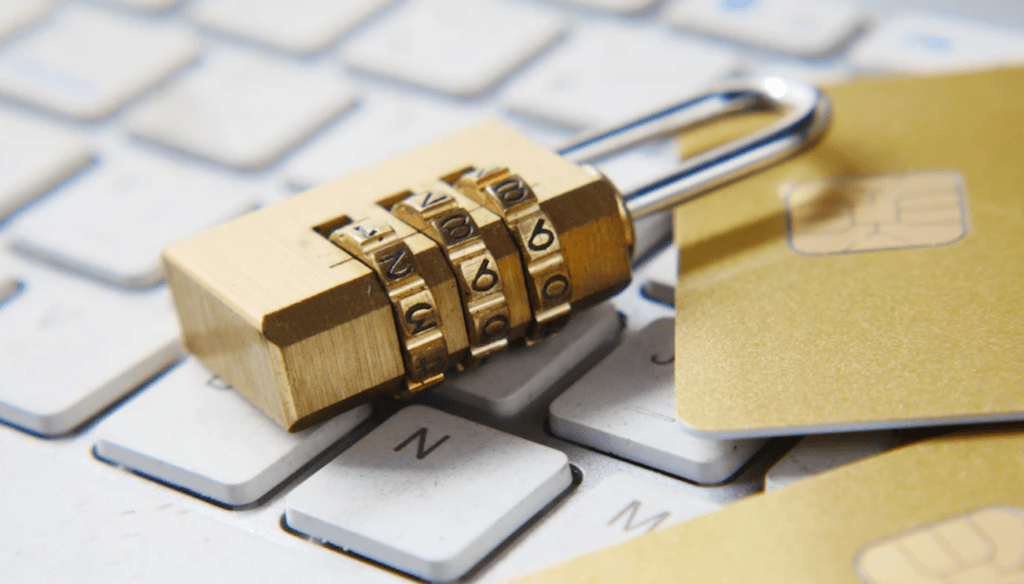In the world of cybersecurity, passwords have long been the primary method for user authentication. However, with increasing concerns about password security and the rise of more advanced hacking techniques, large companies like Apple have been exploring alternative authentication methods, such as passkeys. In fact, Google recently started its passkey authentication. On Google Identity, the Passkey Overview page describes the change of passwords to passkeys, stating that “Passkeys are a safer and easier alternative to passwords. With passkeys, users can sign into apps and websites with a biometric sensor (such as a fingerprint or facial recognition), PIN, or pattern, freeing them from having to remember and manage passwords.” Passkeys are just the next step in the evolution of passwords. Passkeys focus on enhancing security while offering a more user-friendly experience. In this post, we will dive into the concept of passkeys and compare them to traditional passwords.
What is a Passkey?
Unlike passwords, which can be easily guessed, stolen, or cracked, passkey-generated codes are unique for each login attempt and have a short lifespan. A passkey is a type of authentication that utilizes cryptographic keys to verify a user’s identity. Instead of relying solely on a password, passkeys leverage public-key cryptography. The user’s device holds a private key, while the server or service provider holds the corresponding public key. The private key remains securely stored on the user’s device and is never shared or transmitted over the network.
How does Passkey Authentication work?
To simplify passkey authentication, I will break it down into a series of steps. During the initial setup, the user’s device generates a pair of keys, a private key, and a public key. The private key remains securely stored on the device, while the public key is uploaded to the server or service provider. For further and clearer information about public and private keys, Dashlane, a subscription-based password manager application, describes how they work:
The public key, which is sent to the web server for storage, has no value to a cyberattacker. Think of it as your username—it can’t do much without your password … The private key must stay secret and is only stored on your device. When you try to log in, the server sends a challenge to the authenticator (some random data to prove you’re the one logging in). The private key solves the challenge and sends the response back, essentially “signing” that data with the private key.
This statement emphasized the significance of surreptitiously stowing away the private key data that gives you authentication. Lastly, when the user attempts to access a service or log into an account, the service provider generates a challenge, typically a random number, and sends it to the user’s device. The device then uses the private key to sign the challenge and returns the signed response to the server. The server receives and verifies the signed response using the stored public key. If the verification is successful, the user is granted access.
Advantages of Passkeys
I will highlight the advantages and disadvantages of passkeys using it as a comparison to the traditional use of passwords. Passkeys offer stronger security compared to traditional passwords. The private key is stored securely on the user’s device, reducing the risk of it being compromised. Utilizing passkeys for account management offers a robust security approach, significantly reducing the chances of unauthorized access to your accounts. With passkeys, the risk of phishers and malicious individuals using techniques like keystroke logging to breach your accounts is greatly minimized. Passkey authentication simplifies the user experience by eliminating the need to remember complex passwords. Users can authenticate themselves quickly and easily by simply plugging in their security key or using unique authentication methods like fingerprint or facial recognition.
Disadvantages
Passkeys rely on the user’s device to store the private key securely. This dependence may cause challenges when switching devices or if the device is lost or damaged. It is important to properly back up recovery mechanisms to stay clear of such scenarios. Another problem is that the widespread adoption of passkey authentication requires support from service providers. This means there needs to be a necessary amount of infrastructure for managing public keys securely. Although passkeys are growing, it may take time for passkeys to become universally accepted, which would make the necessity of infrastructure to keep up with the popularity of passkeys very crucial. Lastly, while passkeys offer convenience, some users may be hesitant to adopt a new authentication method. Familiarity with traditional passwords and concerns about compatibility may contribute to initial resistance.
Conclusion
In conclusion, passkeys provide a promising alternative to traditional passwords, addressing some of the limitations associated with password-based authentication. They offer enhanced security, improved user experience, and better privacy protection. While there are potential disadvantages, such as the risk of loss or device compatibility issues, the benefits outweigh these concerns. The enhanced security and user-friendly experience offered by passkeys make them an appealing choice for individuals and organizations seeking to support their security measures. As technology evolves, passkeys and other advanced authentication methods are likely to play a significant role in safeguarding digital identities. As major companies such as Apple, Google, and Microsoft push more users towards using passkeys over passwords, passkeys will become the new standard for general password security.

